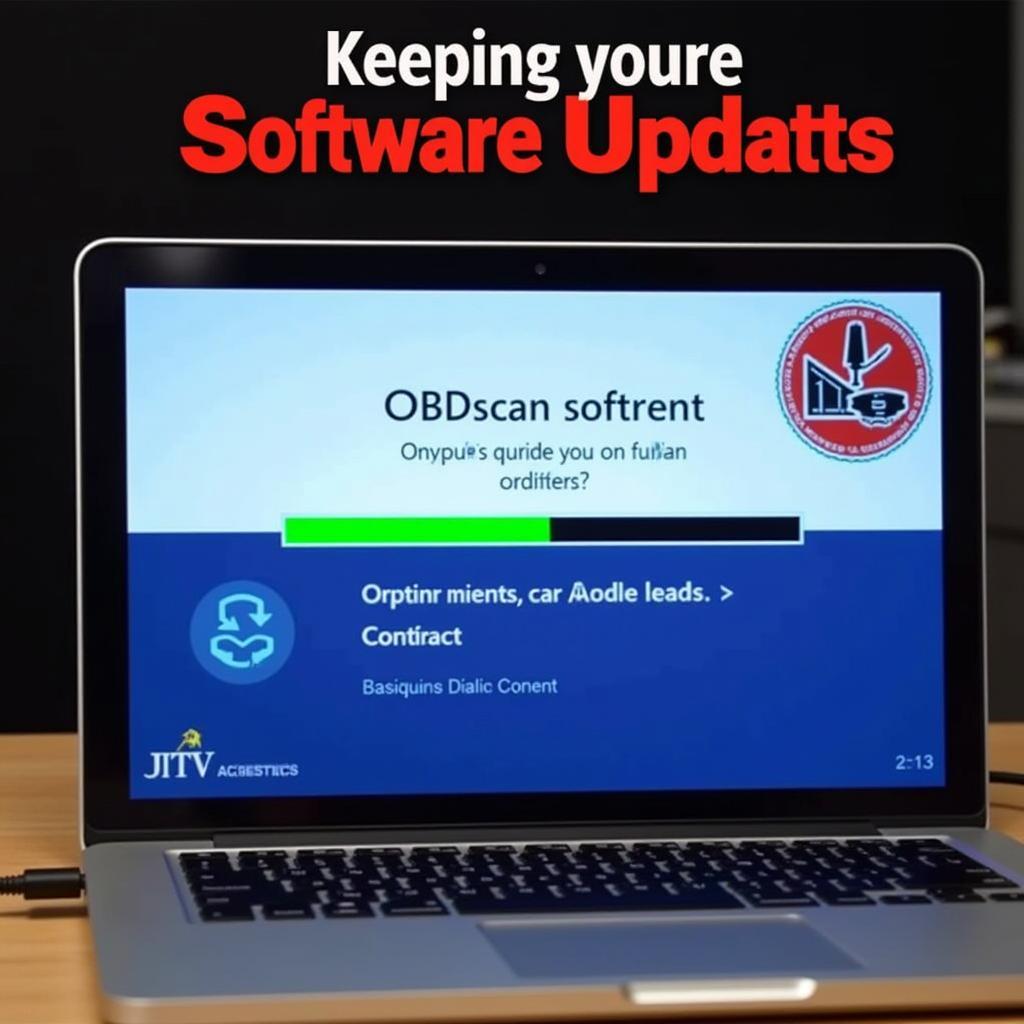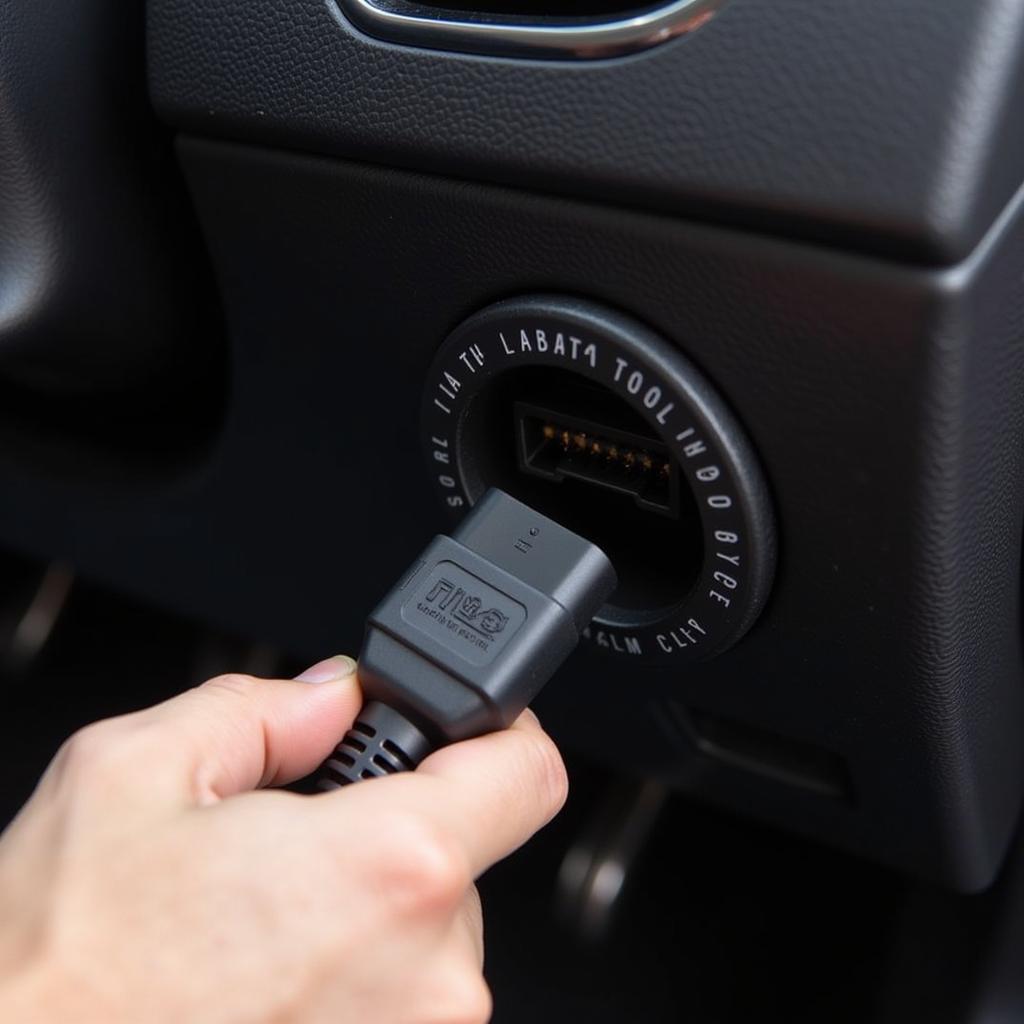The automotive world is becoming increasingly complex, and understanding its intricacies requires the right tools and knowledge. For the modern “Scan Tool Man,” whether a DIY enthusiast, a seasoned mechanic, or a shop owner, having a comprehensive understanding of scan tools is paramount. This guide will delve into the world of automotive diagnostic tools, exploring their capabilities, best practices, and how to become a proficient scan tool user.
Understanding the Power of the Scan Tool
A scan tool is no longer a luxury but a necessity in today’s automotive repair landscape. These powerful devices, from basic code readers to advanced professional-grade systems, provide a window into the electronic control units (ECUs) that govern modern vehicles. Understanding how to effectively use a scan tool can be the difference between a quick fix and hours of frustrating guesswork.
What does a scan tool tell you? It provides access to a wealth of data, including diagnostic trouble codes (DTCs), real-time sensor data, and the ability to perform various tests and functions. This information is crucial for accurately diagnosing and resolving issues ranging from simple sensor malfunctions to complex electronic system failures.
Choosing the Right Scan Tool: A Comprehensive Guide
The sheer variety of scan tools available can be overwhelming. Selecting the right one depends on your specific needs and budget. Basic code readers are suitable for DIYers seeking to understand simple DTCs. Professional-grade scan tools, on the other hand, offer advanced functionalities like bi-directional control, allowing you to command specific components to test their operation. For example, you could activate a fuel injector to check its spray pattern. Similarly, the vetronix tech 2 scan tool manufacturers offer specialized tools designed for specific vehicle makes.
Consider factors like vehicle coverage, software updates, user interface, and data logging capabilities when making your decision. Investing in a high-quality scan tool is an investment in your ability to efficiently and effectively diagnose and repair modern vehicles.
Beyond the Codes: Interpreting Scan Tool Data
Simply reading the codes is only the first step. The real skill of the scan tool man lies in interpreting the data and understanding the underlying issue. A DTC points you in the right direction, but it doesn’t tell the whole story. It’s crucial to correlate the codes with real-world symptoms and use critical thinking to pinpoint the root cause.
For instance, a code indicating a lean air/fuel mixture could be caused by a faulty oxygen sensor, a vacuum leak, or even a fuel delivery problem. Analyzing live data, such as fuel trim values and oxygen sensor readings, can help you narrow down the possibilities. Learning how to navigate these data streams is vital for accurate diagnostics.
Common Scan Tool Mistakes and How to Avoid Them
Even experienced technicians can fall prey to common scan tool pitfalls. One common mistake is jumping to conclusions based solely on the DTCs without considering other factors. Another is failing to clear codes after a repair, which can lead to confusion during future diagnostics.
Furthermore, overlooking the importance of software updates can render your scan tool ineffective on newer vehicle models. Just like the carlyle napa329 scan tool manual, keeping your software up-to-date ensures compatibility and access to the latest features.
The Future of the Scan Tool Man: Embracing Technology
The automotive industry is evolving rapidly, with electric vehicles (EVs) and advanced driver-assistance systems (ADAS) becoming increasingly prevalent. The automotive scan tool manufacturers are constantly innovating to keep pace with these advancements. This means the scan tool man of the future needs to be adaptable and willing to embrace new technologies. Understanding the complexities of EV diagnostics and ADAS calibration will be essential for staying ahead of the curve.
Tips for Effective Scan Tool Use
- Always consult the vehicle’s service manual for specific diagnostic procedures. This complements resources like the ms300 scan tool manual free download.
- Invest in training and stay updated on the latest diagnostic techniques. Resources like the tech 1 scan tool manual can be invaluable.
- Practice makes perfect. Familiarize yourself with your scan tool’s functionalities and practice interpreting data.
Conclusion
The role of the scan tool man is evolving, demanding a blend of technical expertise and adaptability. By mastering the art of scan tool diagnostics, you’ll be equipped to tackle the challenges of today’s and tomorrow’s automotive landscape. For further assistance or to explore our range of professional scan tools, contact ScanToolUS at +1 (641) 206-8880 or visit our office at 1615 S Laramie Ave, Cicero, IL 60804, USA.


